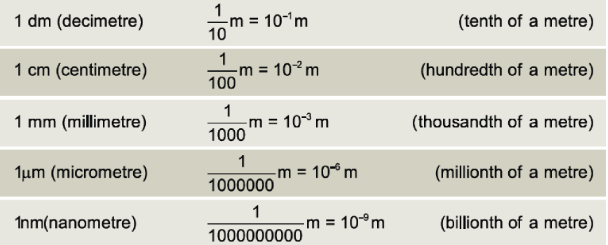1.2 Measurement of Length
In studying physics, measurement is the foundation of the subject.
During performing practical in the physics laboratory, the measurement of any object is repeated several times, and then the average value is obtained.
Measuring any quantity involves two things: the size of the value’s size and the measurement unit.
The metric system is the most convenient system to make measurements almost worldwide.
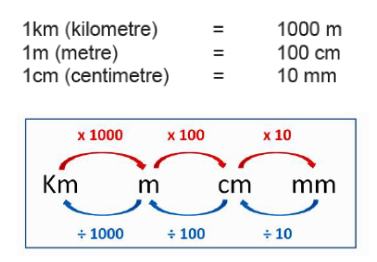
The measurement of length was started by ancient Egyptians and by the people of Indus Valley Civilization (Harappan Civilization) around 2500 B.C. – 1700 B.C.
Mechanical Method of Measuring Distance
- A short length is measured in centimeter and millimeter by using a ruler (e.g. length and width of a notebook).
- A metre (meterstick) and a half metre rule are also used in the laboratories for experimental work.
- Long distances are measured in a larger unit by using a long measuring tape.
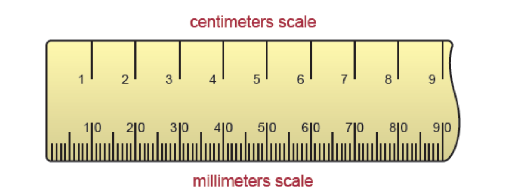
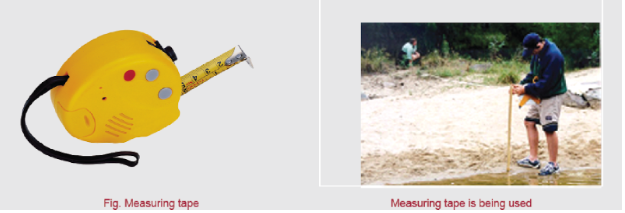
Precautions
- While measuring the length of an object, keep your eye perpendicular to the ruler above the mark to be read to avoid parallax error.
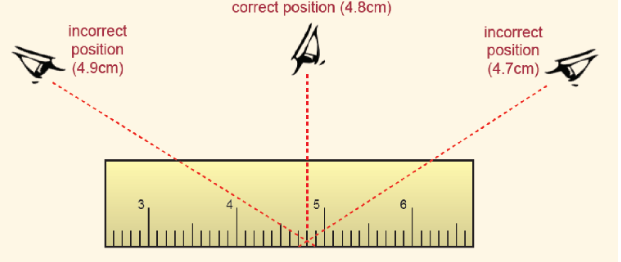
2. If the ends of a meterstick or a ruler are damaged, it is best to minimize the error by making measurements from the middle of the meterstick. Do not take the measurement from the end (0 cm).

3. For accuracy, a measurement is repeated several times to take the average value.
4. To measure the diameter of any cylindrical object or a spring, place it on a ruler between two wooden blocks. Take readings at both ends of the object and mark them x1 and x2. The difference between x1 and x2 will give the diameter of the object.
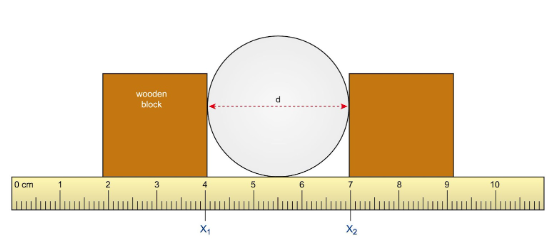
Smaller Unit of Length
The SI unit of length is a metre which is denoted by letter m. The smaller units of length and their conversions are giving in the following table.
